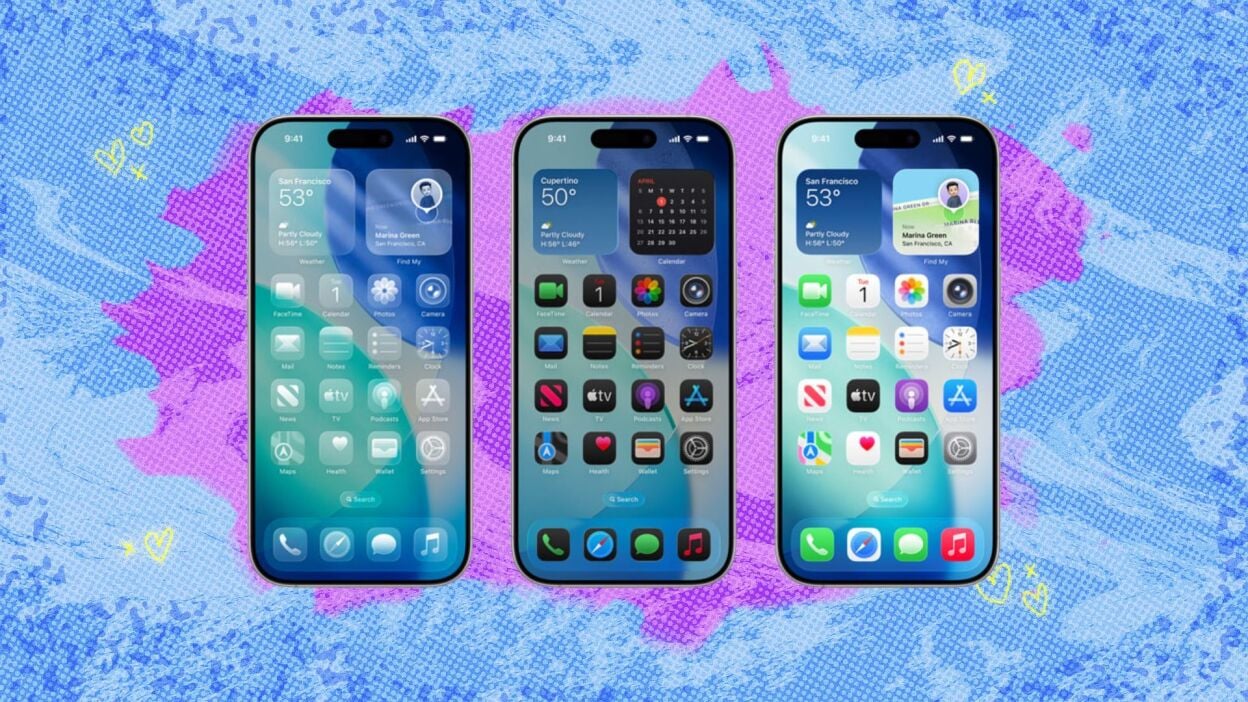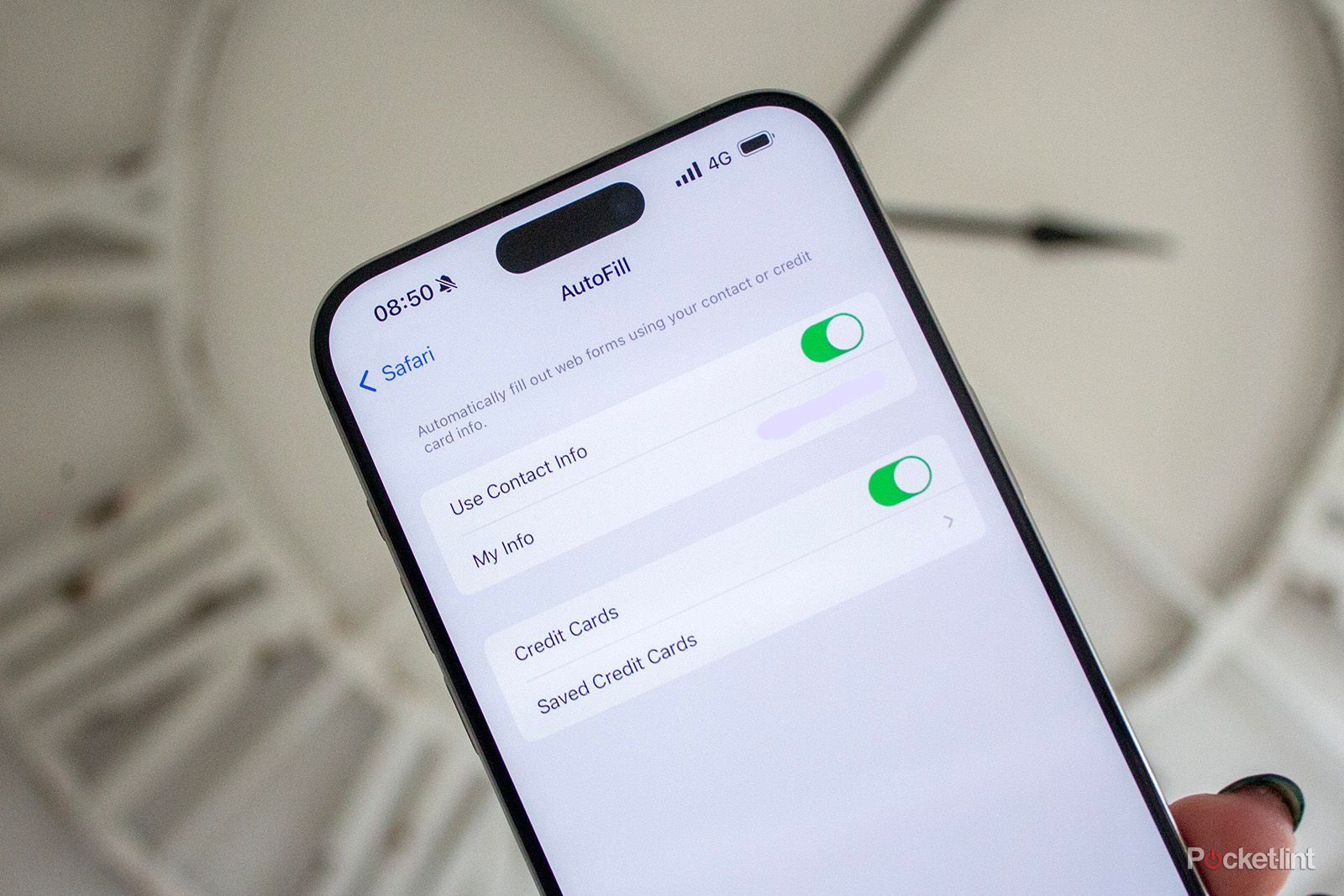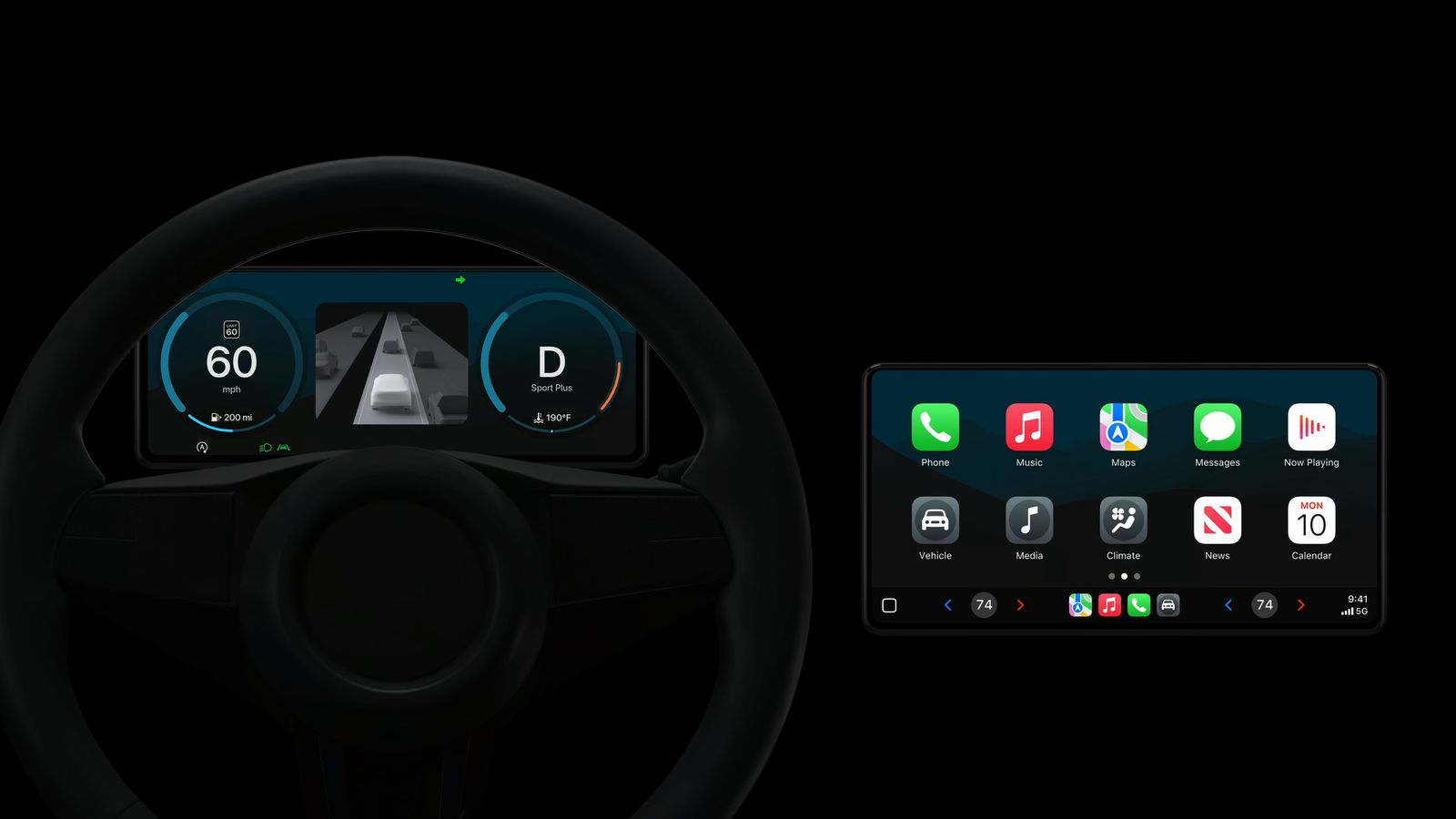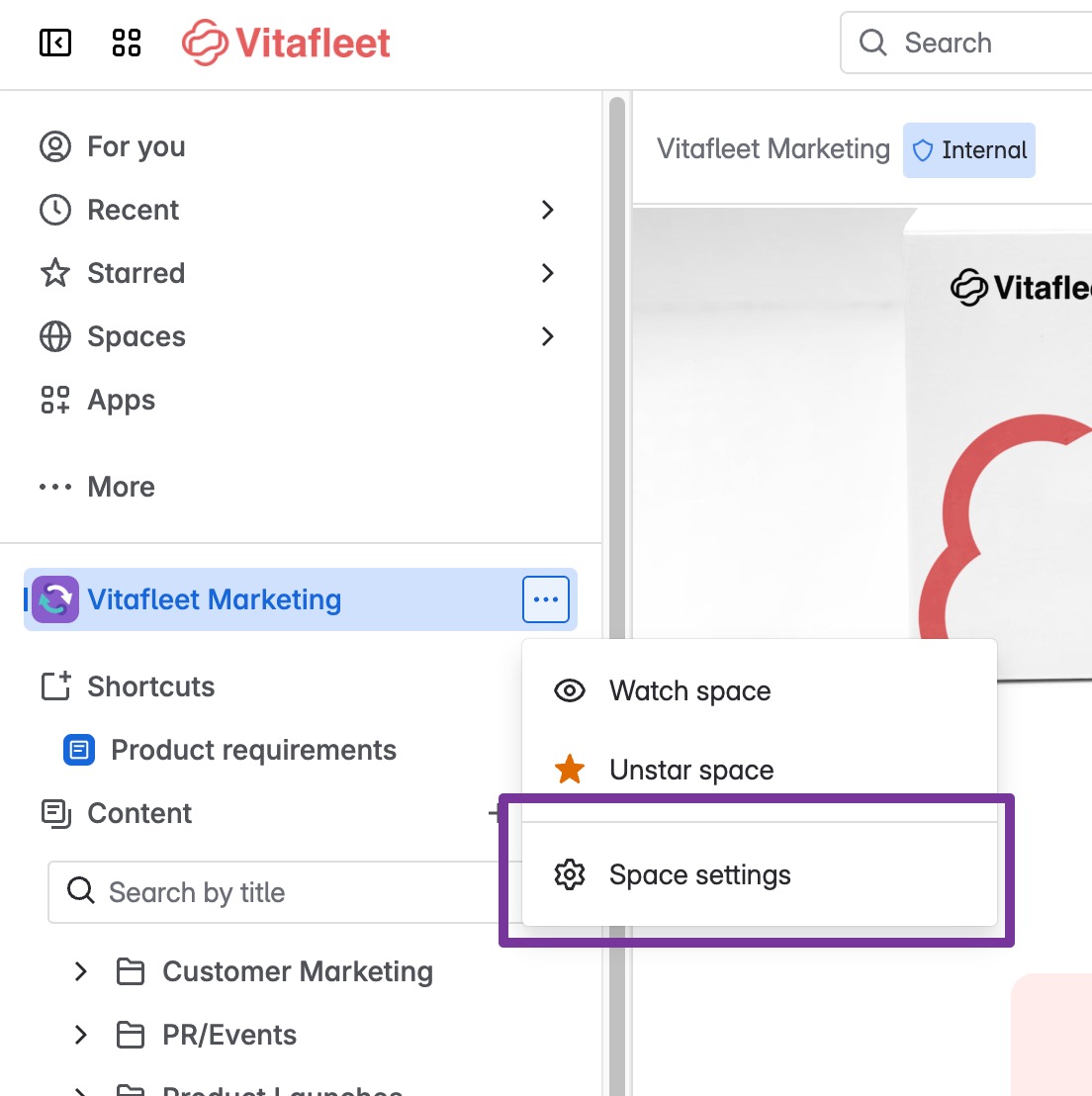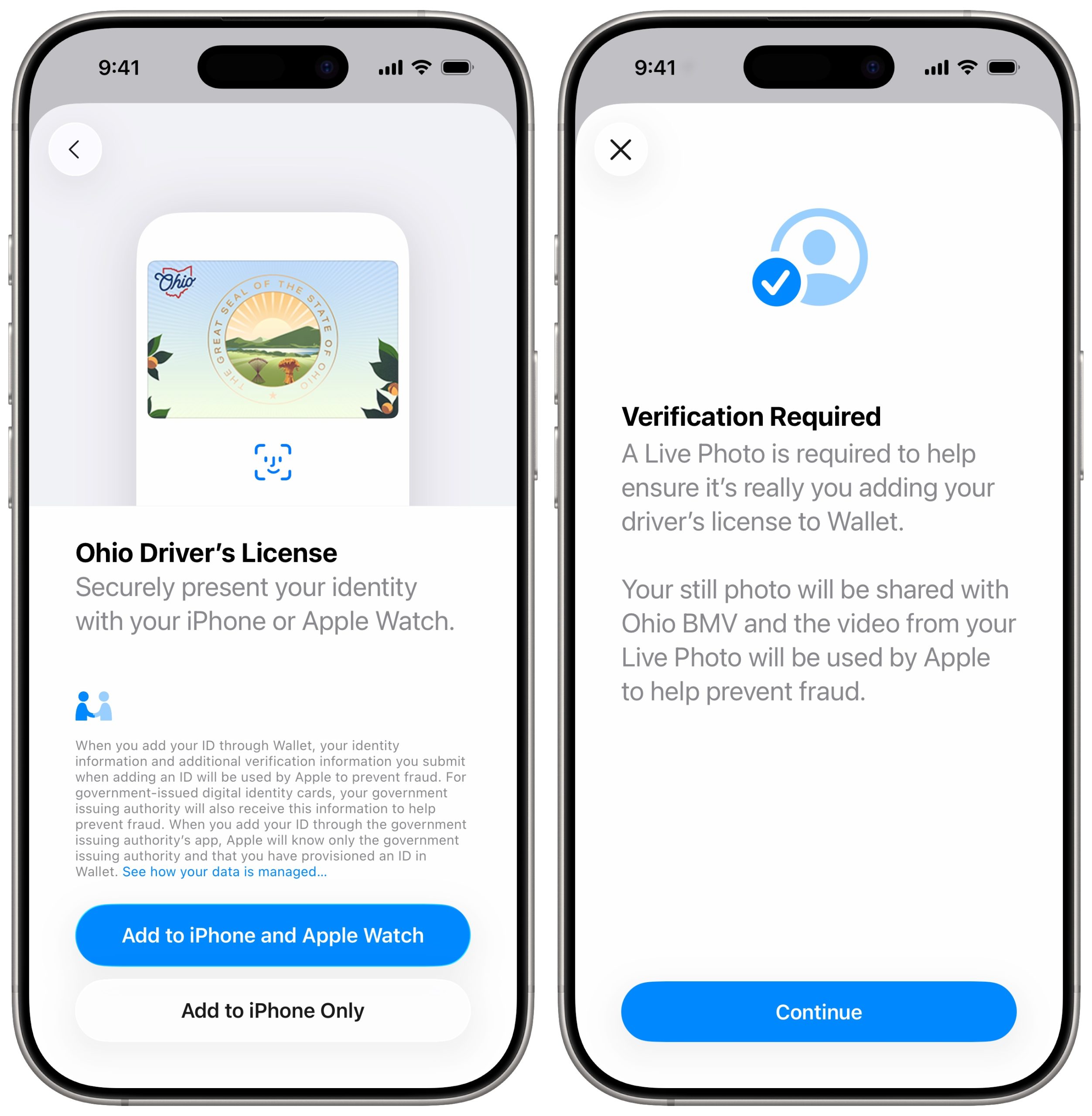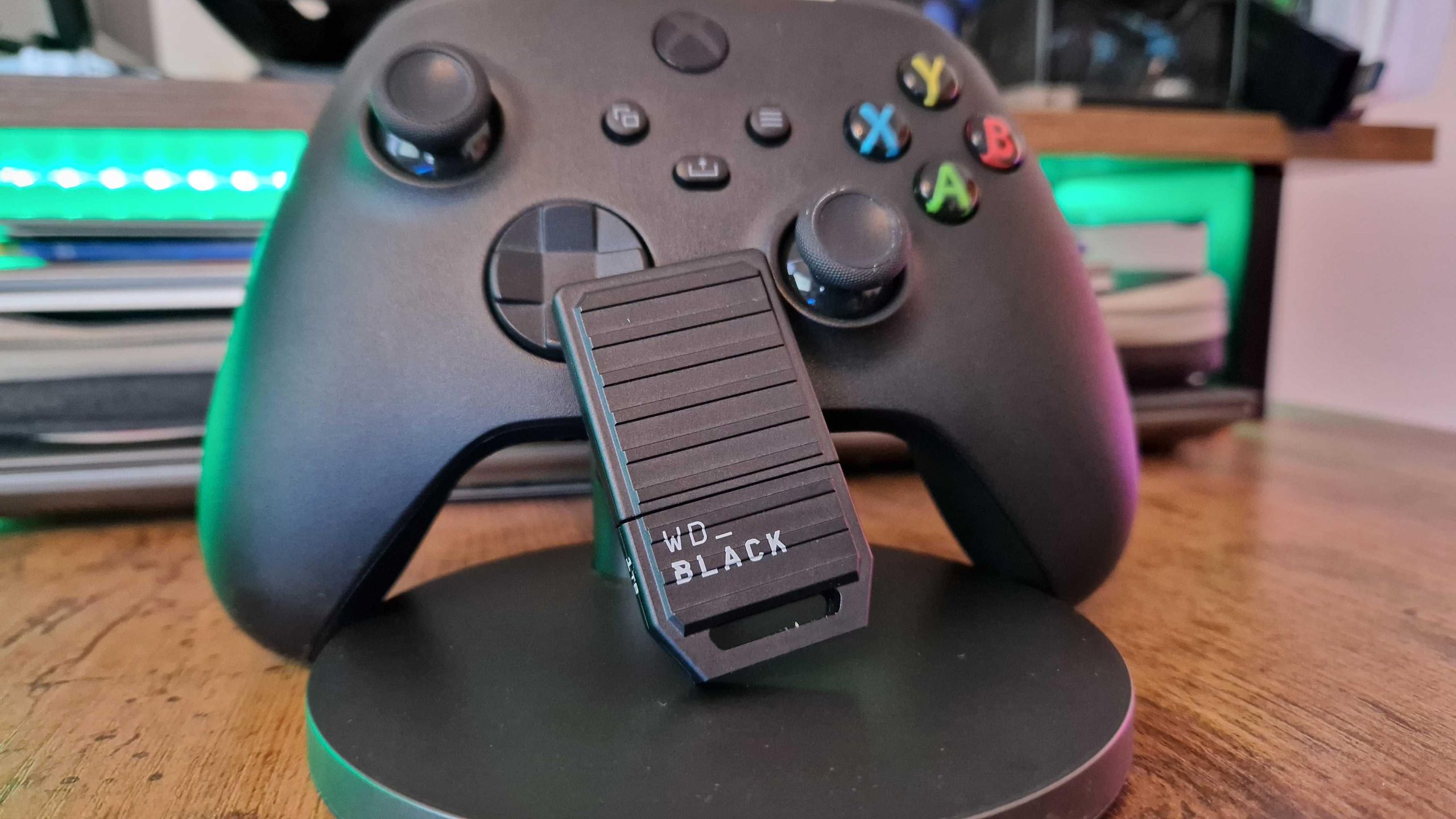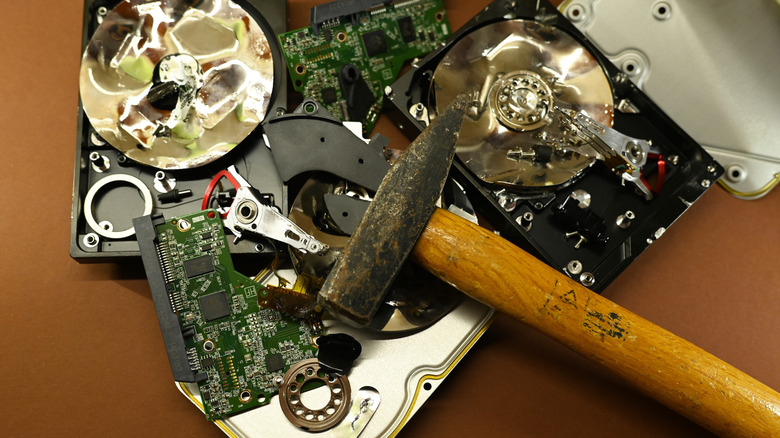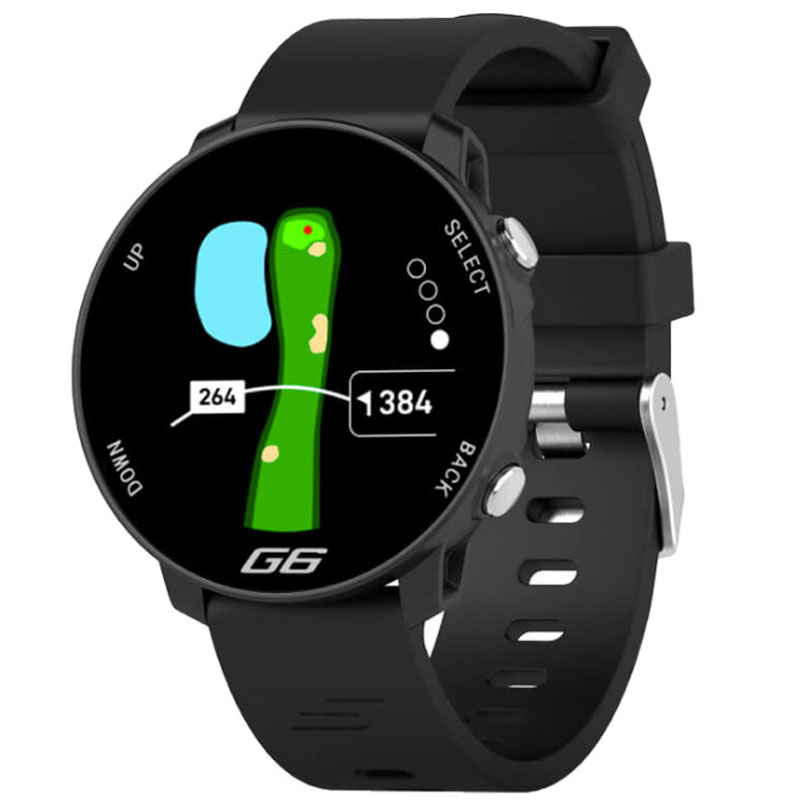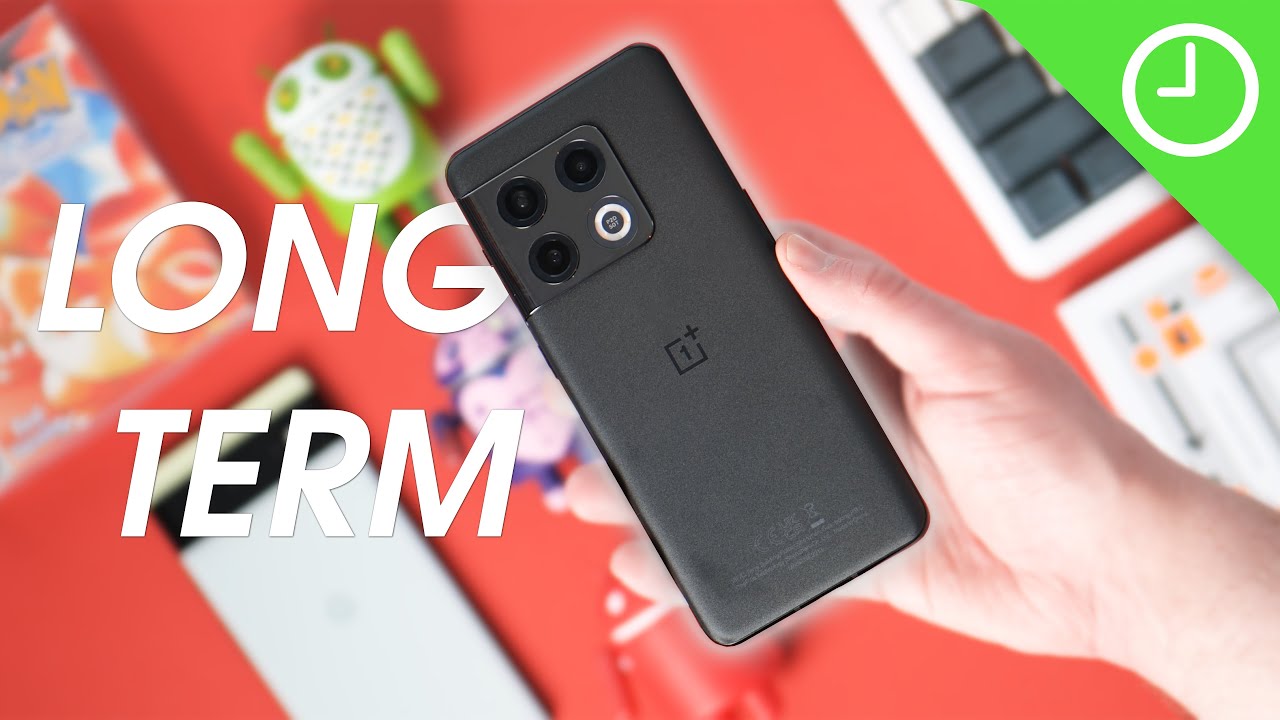Every iOS 16 Configuration Modified Instantly on My iPhone
# Personalizing Your iPhone with iOS 26 and iOS 26.1
iOS 26 and its follow-up, iOS 26.1, have brought forth an array of fresh customization features for iPhone users, especially within the Settings app. Here are some significant adjustments to settings that you might want to check out immediately.
## Always On Display’s Wallpaper Photo Blur
One of the most discussed modifications in iOS 26 is the adjustment to the Always On Display functionality. Now, by default, the wallpaper photo appears blurred in Always On mode. This alteration seems aimed at improving the visibility of the new Liquid Glass clock and might also aid in saving battery life.
If you prefer the original appearance of your Lock Screen images, reverting this setting is straightforward. Head to **Settings ⇾ Display & Brightness ⇾ Always On Display** and switch off the ‘Blur Wallpaper Photo’ feature. This will return the previous functionality from iOS 18.
## Camera Swipe from the Lock Screen
For years, iPhone users have accessed the Camera app swiftly by swiping left on the Lock Screen. However, with the introduction of various methods to open the Camera, including a dedicated Camera Control button and the Action button, many have found the swipe gesture to be more of an unintentional activation than a helpful feature.
In iOS 26.1, Apple has at last included the ability to disable this swipe gesture. To do so, navigate to **Settings ⇾ Camera** and locate the ‘Lock Screen Swipe to Open Camera’ toggle at the bottom. Switching it off will stop any unintentional openings of the Camera app.
## Adaptive Power Mode
Battery conservation has consistently been key for iPhone users, and iOS 26 presents a fresh option called Adaptive Power. Unlike the conventional Low Power Mode, which drastically cuts performance, Adaptive Power implements subtle tweaks to prolong battery life without significantly affecting performance.
Apple states that when your battery consumption is elevated, Adaptive Power can dim the display brightness, extend the duration of certain activities, or enable Low Power Mode at 20%. You can access this feature under **Settings ⇾ Battery ⇾ Power Mode ⇾ Adaptive Power**. It activates only as needed, making it a useful enhancement for those looking to maximize battery life without compromising on performance.
## AirPods Sleep Detection
iOS 26 has also introduced new functionalities for AirPods, including a sleep detection feature that halts media playback upon falling asleep. This capability is particularly beneficial for users who listen to audiobooks or podcasts while winding down for the evening.
To activate this feature, navigate to the AirPods settings in iOS 26 and turn on ‘Pause Media When Falling Asleep.’ This option is accessible for AirPods Pro 3, AirPods Pro 2, and AirPods 4, simplifying the process of resuming where you left off without the hassle of searching for the last heard section.
## Conclusion
The enhancements in iOS 26 and iOS 26.1 offer a range of new settings that improve the personalization and user-friendliness of your iPhone. Whether you prefer to modify the Always On Display, deactivate the Lock Screen camera swipe, utilize Adaptive Power, or take advantage of AirPods sleep detection, these features give you greater control over your device. Explore these settings to customize your iPhone experience to better align with your preferences.
Read More